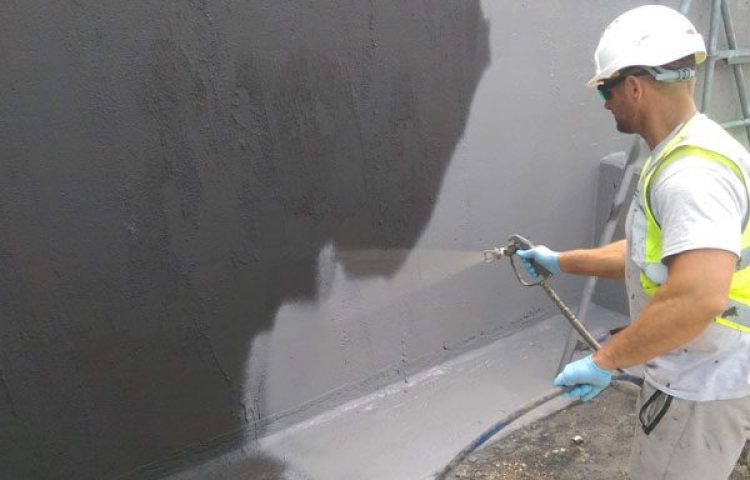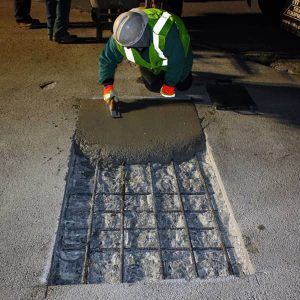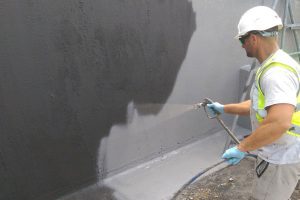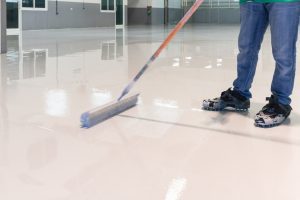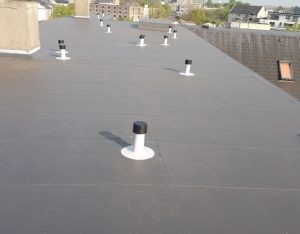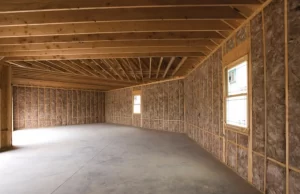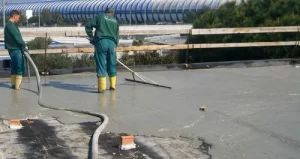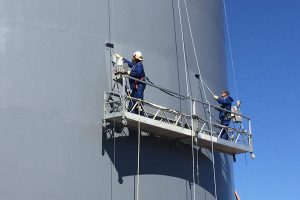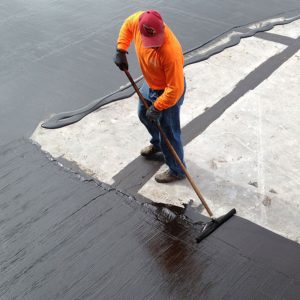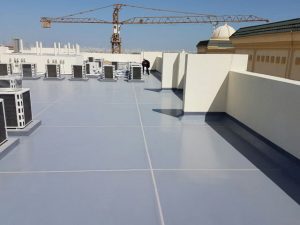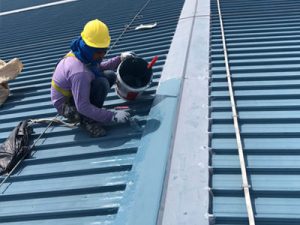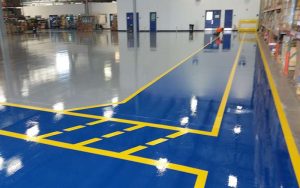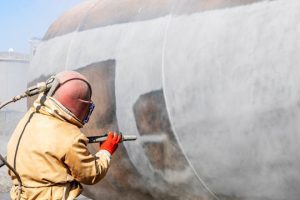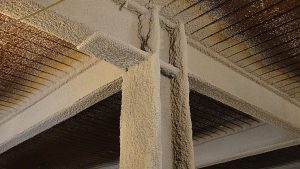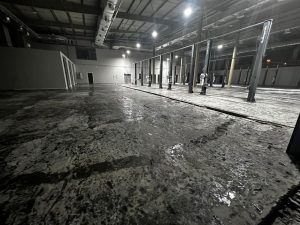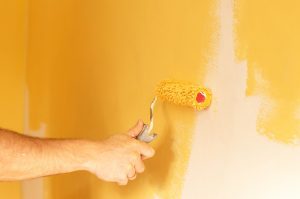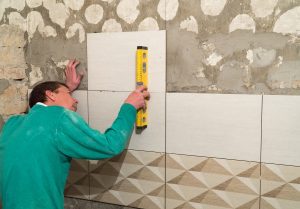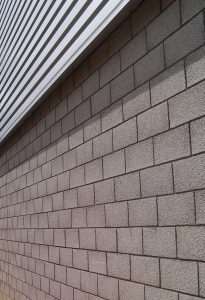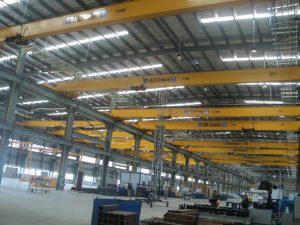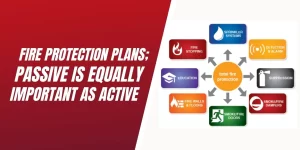Managing Your Water Intrusion Issues with Cementitious Waterproofing
Since waterproofing guarantees moisture management, protects health, and boosts house value, it has become one of the primary criteria for the construction of new structures, as well as for the maintenance and remodeling of existing ones. The flexible cementitious waterproofing technology is favored by many waterproofing professionals such as Skilya because it is simple to install and can be completed within the financial constraints that are present.
Cementitious Waterproofing – Effective & Flexible
A flexible cementitious waterproofing system is a two-part cement-based acrylic modified polymer that is very flexible and provides an elastic waterproof covering. The robust quality of the material helps to compensate for the linear movement of the concrete surface that is brought on by the expansion and contraction of the concrete. In addition to this, it has a great affinity for concrete surfaces and offers excellent bonding strength.
Why Use Cementitious Waterproofing?
Many people think twice about using cementitious waterproofing. Here’s why Skilya recommends it:
- It is both economical and effective in terms of its resistance to abrasion and corrosion, as well as to the severe climatic factors of heat, rain, and freezing temperatures.
- It is possible to use it either as waterproofing on the positive or the negative side.
- It adheres effectively to porous and non-porous surfaces, as well as both old and new concrete buildings, and it has a strong adhesive capacity.
- The layer defends the substrate from corrosive chemicals like acid gases and chlorides, which may otherwise damage it.
Additionally, the coating is breathable – it does not inhibit the flow of water vapor. It is the most effective method for preventing water from entering the substrate via the substrate’s pores and fine fractures.
Our Process
All of our application processes at Skilya are successful in producing a good adhesion over the substrate, regardless of the surface that they are used on. The varied surfaces will need different ways of the application process.
Spraying Method
For the application of coating, the spraying equipment is the method of choice owing to the exact finish it provides and the efficiency it offers. Spraying is a more time-efficient manner than using a trowel and brush, which is another advantage of this approach.
Trowel Method
The application of the coating is accomplished by spreading it using a handheld trowel, which is referred to as the trowel method.
Brush Method
In the standard brush technique, a brush with stiff-bristled bristles is used to create a homogeneous covering of cementitious waterproofing layer over the substrate. This approach is known as the brush method.
Waterproofing Materials that We Use at Skilya
Coating is composed of two components, based on a modified acrylic polymer: A coating made of acrylic polymer offers a good water-resistant barrier to both the positive and negative pressures that are found beneath 100 meters and in the buildings that are located below ground.
Rapid-setting hydraulic cement
This compound is ready to use, and all that was required to immediately halt active leaks like running water and seepage in masonry or concrete was the addition of water.
Cementitious waterproofing slurry
This component is a cementitious waterproofing slurry, and it consists of a combination of liquid polymer and cement paste that has unique additives known as slurry. It is used to waterproof buildings that are made of concrete and masonry.
Cementitious waterproof plugging compound
This is a rapid-setting compound that may be used both inside and externally as a waterproof plugging mortar. Its primary purpose is to prevent water from entering a structure.
Contact Skilya Right Now if You Want Cementitious Waterproofing!

